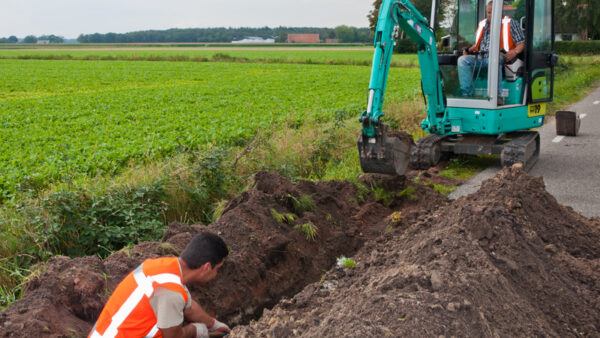
HausBot, a wall-crawling inspection robot, and solar panels that double as roofing material are among the innovations shortlisted in an international construction tech contest offering prizes worth £100,000.
The COINS Grand Challenge is a global competition for innovators, entrepreneurs and students who come up with tech-related ideas that can improve the built environment.
Six entrants have now been shortlisted for the open, non-student competition:
- Jack Cornes, the co-founder of HausBots, with the wall-climbing robot designed for the inspection and maintenance of the built environment. This will increase safety, reduce cost and speed up work at height.
- Isabelle Gough, with London-based Cercula, an automated access point for construction carbon data.
- Estonia-based Tarvo Kärgenberg with click-on Solarstone, a pioneering design that transforms standard PV panels into a two-in-one weather-proof roofing material.
- US construction life safety consultant Sharron Halpert with for her bespoke firestop solutions for mass timber construction.
- Kristijan Nelkovski of North Macedonia with a system for fast energy-efficient modular construction.
- Australia-based Peter Neil of HAUS Technologies, with ZEBE, a sustainable high-performance building system, driven by digital manufacturing technology.
The student competition section shortlist features four entries:
- Edwin Nsoh Awariyah, a student at Ashesi University in Ghana, with a safer, melamine-free alternative for water-proofing concrete.
- Nathan Chen from New Zealand, currently studying at the University of Pennsylvania in the USA, with an idea for ‘Passive Daytime Radiative Cooling’ materials that are designed to cool urban spaces without excess energy consumption or emission of harmful chemicals.
- Subarna Sivashanmugam, a student at Teesside University, with a digital platform to optimise building circularity through semantic integration of BIM and LCA databases, enabling the supply chain to measure and manage life-cycle emissions.
- Malaysian student Lai Jun Tung with an idea for food waste interlocking concrete with cladding.
The final judging will take place in October in Birmingham, UK where the finalists will present their ideas to a panel of judges, including industry executives.
Read more on BIM+.










